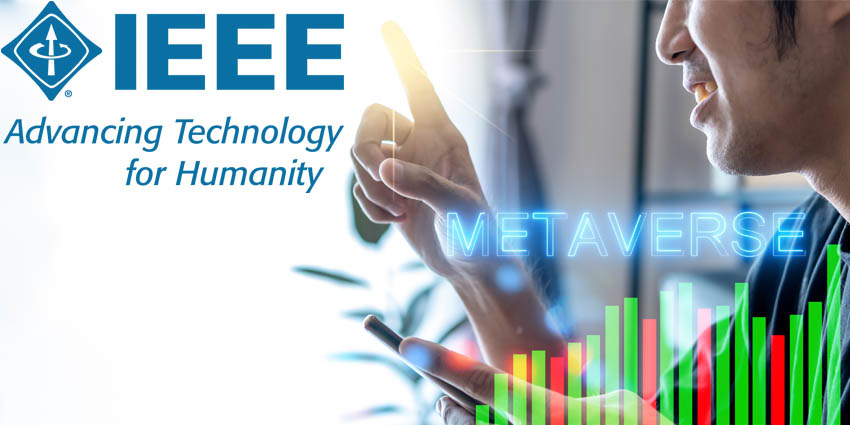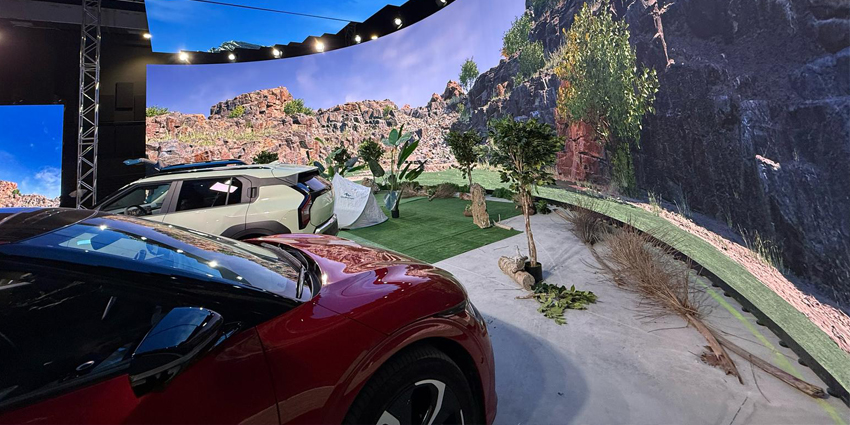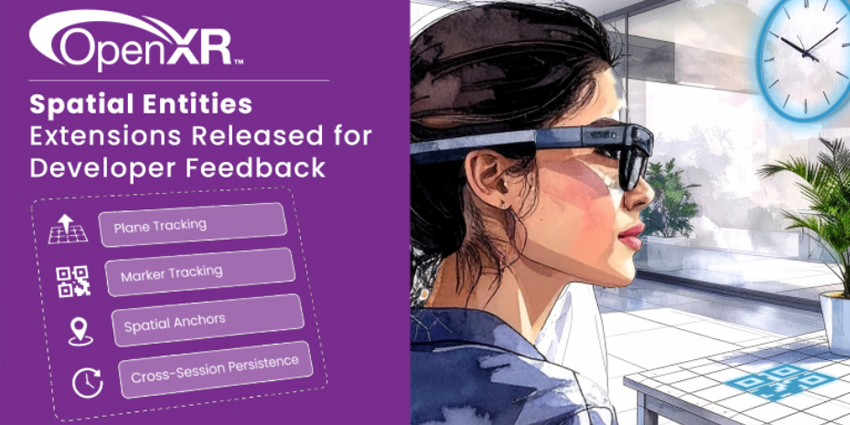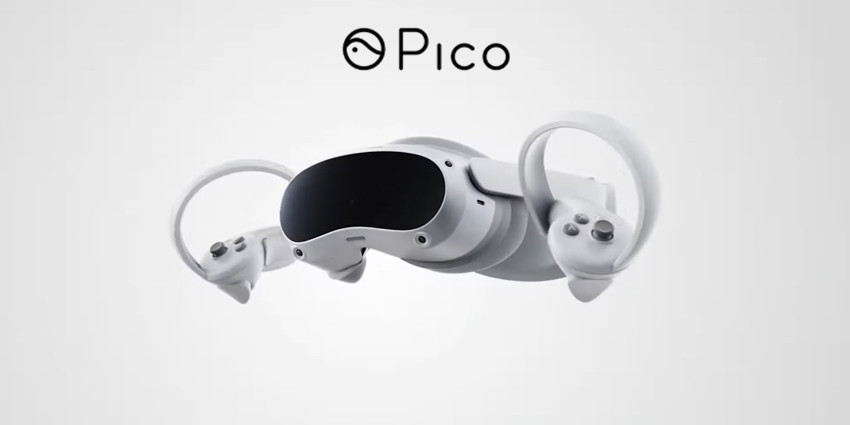Designing and deploying extended reality (XR) hardware and software can come with many hurdles. For enterprise-grade XR distribution, companies must take a calculated approach to meet the most relevant standards and practises where XR solutions enterprise use is efficient, safe, and beneficial to the user.
In response to the emerging global XR ecosystem, groups like the Institute of Electrical and Electronic Engineers (IEEE) are extending their technological influence to cover the growing market.
The IEEE Standards Associations standardisation process has expanded to cover ethical issues related to augmented, virtual, and mixed reality (AR/VR/MR) solutions.
Additionally, the IEEE’s Learning Technology Standards Committee (IEEE-LTSC) is helping to innovate XR as immersive learning tool for the industrial and educational sectors.
XR Today spoke with Jennifer Rogers, Executive Officer of the Learning Technology Standards Committee for the IEEE-LTSC, to discuss the practices the organisation is developing to ensure the highest quality of XR immersive experiences.
What role is the IEEE playing in field of emerging XR technology?
Jennifer Rogers: The IEEE has a storied history and we’re making the world a better place through technology and innovation.
The IEEE itself is a very large organisation that has many different domains and disciplines associated with it, so it’s a great opportunity for people, regardless of where they sit in the [technological] ecosystem, to get involved in shaping the future.
There are a few relevant pieces to do with XR, such as a few different communities that are pretty important within the IEEE landscape, as well as some for spatial computing and other technological aspects associated with XR.
The IEEE has all sorts of standards for software platforms, hardware, and system requirements, and is home to the [LTSC].
We’re also familiar with the number of XR use cases for training, education, and learning, so we have a lot of work going on right now around component pieces needed to demonstrate XR as a reliable learning tool.
Can you explain the importance of XR as a learning tool?
Jennifer Rogers: Absolutely, XR is currently developing at a really phenomenal place, which is why I think we are seeing so many people talking about XR in the training and learning space.
When we talk about learning, we have to ask “What is learning, really?” Learning is the ability to shape or change behaviour.
So, when we say we’ve ‘learned’, hopefully, there’s some kind of demonstration that learning has taken place. It’s not just a cognitive process and different than just obtaining knowledge.
XR comes into play when we find there are a lot of traditional modalities used in training and education that have been somewhat passive.
There’s been a lot of passive teaching and that doesn’t necessarily shape or change behaviour. An individual can have a lot of knowledge around something, but that doesn’t mean they’re going to use or even understand how to apply it.
XR is really exciting because we have the opportunity to put people in [training] scenarios and see what they do. That’s a really fascinating part of what XR brings to the table.
Augmented and Virtual Reality for Industry Training
That’s why we see so much with regards to both AR and VR applications in training. On the AR side, there are lots of use cases happening with heads up displays (HUDs) in manufacturing, industrial environments, and others.
There’s also remote operations assistance, which I would actually classify as a form of learning, that is providing support for people by overlaying schematics, videos, and standard operating procedures on top of the physical world. These visualisations assist people in performing tasks more efficiently.
Also, for workers that need to make critical decisions on how to execute non-automated process, something that requires some kind of human intervention, we often see that when industries start to automate, the actual skill that companies need is human skill.
On the VR side, at many high-risk or high-compliance industries, people cannot be put in an actual [work] environment before they’ve been trained.
This is because they work in situations where, if something goes wrong, they can hurt themselves, someone else, or the environment. We don’t want any of those things to happen. So, VR is a really great tool for putting people in those scenarios ahead of time.
Hopefully, we can shape or change behaviours so that, the next time a worker goes through a simulated environment, they’ll respond differently.
What steps are the IEEE taking to protect XR user data?
Jennifer Rogers: Within Experience API (XAPI) is our base syntax that informs the way we’re measuring learning experiences. The IEEE has entire workgroups, formulated around data ethics and privacy, who are discussing ways to protect user data.
And, not just from a data perspective. What steps are the IEEE taking to improve standards and practices across data as well as all XR technologies?
Jennifer Rogers: There are a lot of wonderful groups working on the different aspects around XR, and we can see standards, and ‘open standards’ in particular, starting to emerge in the XR space.
In addition to the IEEE, there are other groups working on this, too. The work by the Khronos Group around Open XR is definitely right on and where we’re looking looking to be.
I think we’re all committed to the idea that, in order for XR to scale and make an impact, we need all [XR] processes, equipment, and data to talk to each other in a meaningful way.
I also think we need to be in that ‘network of networks’ to have those conversations with one another and understand the roadmaps from different [XR] standards organisations, and then work together to have a broader impact on the state of the technology as well as the experience and the data standards associated with it.
Do you have any concern over the ethics of the Metaverse?
Jennifer Rogers: Yes, I think all of us have concerns. I think we need to work together to make sure that we establish Metaverse standards where we’re all working to the same end.
That end should be to provide amazing XR experiences and value to people, rather than collect a whole bunch of information or data that isn’t of service to individuals.
We have to be very careful about that, and should work together as a community across standards groups, industries, and policymakers to ensure the Metaverse is in service to the individual.
The Metaverse also has many cybersecurity issues associated with it. For example, how will companies will collect and share data points? Those things are incredibly important.
I’m hopeful that, with all of this talk around the Metaverse, people have that growing realisation as well. The XR community still has a lot of work ahead to ensure that the Metaverse is a supportive and even transformational place for people.







